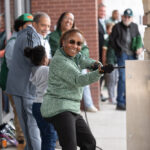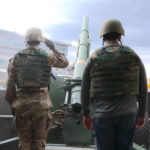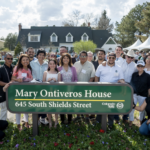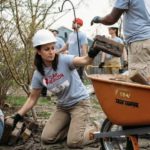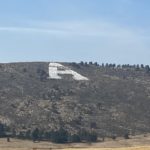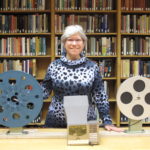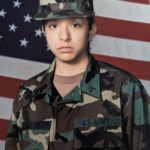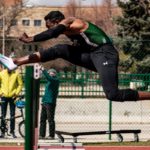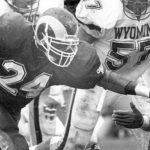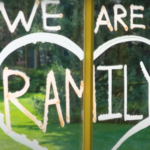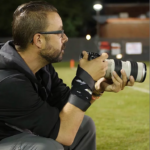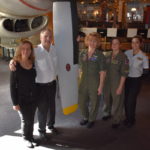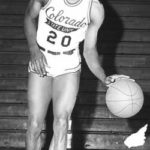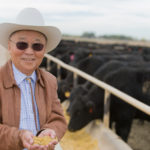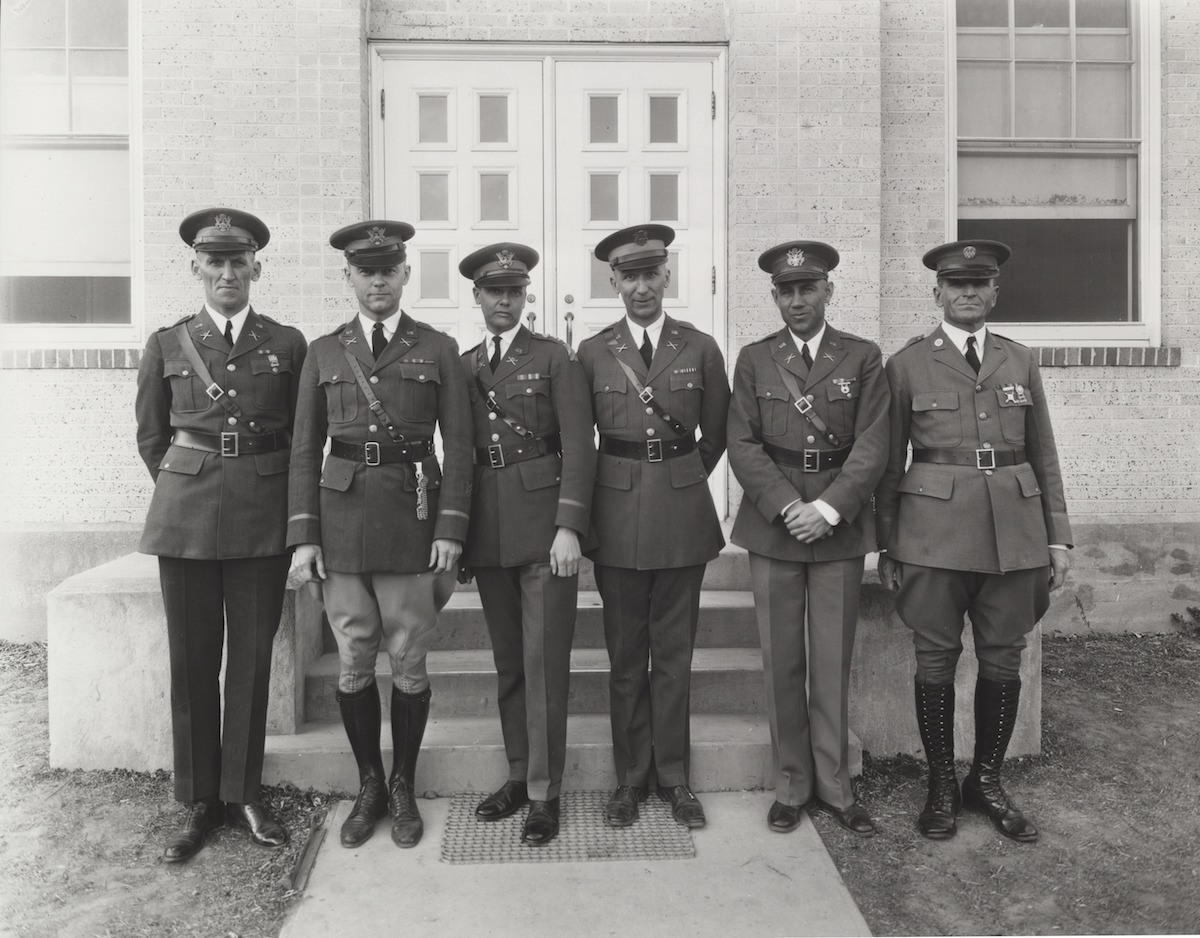
Veterans Day, which Colorado State University marked last week with a special appreciation for veteran students, staff, and alumni, provides us an opportunity to honor their courage and sacrifice, as well as highlight the role of veterans on campus.
A Brief History

The Morrill Act of 1862 established a system of land-grant colleges, such as Colorado State University, in which military instruction was required. A small number of students from Colorado Agricultural College (the University’s original name) fought in the Spanish-American War in 1898.
In June 1916, following the passage of the National Defense Act by Congress, a Reserve Officers Training Corp (ROTC) program was started and significant numbers of students from the University have fought in every war since World War I.
Following World War II, a boom in veteran enrollment created a housing crisis, which was addressed by erecting 90, prefabricated Quonset huts that look like tin cans cut in half lengthwise. Located along the south side of Laurel Street (where Corbett Hall now stands), this temporary housing became known as Veteran’s Village.
In an effort to meet the steadily increasing enrollment, construction was completed by 1949 on three new residences halls (Rockwell, Braiden, and South), and many more during the next two decades.
One recent acknowledgement of the military’s presence and contributions to CSU is a flag pole in the on-campus stadium, which is dedicated to the faculty, staff, students, and alumni who valiantly served in all branches of service. “Their courage and loyalty exemplify the character of our great nation and Rams community.”
Reserve Officers Training Corps (ROTC)
ROTC programs across the country train college students for future service the U.S. military. Army, Air Force, and Navy each have their own ROTC programs; CSU hosts the two largest: Army and Air Force. In the past 100 years, those programs have commissioned more than 5,000 student cadets.
In early 2020, the Air Force ROTC Detachment 90 received the Right of Line Award. “The Mighty Ninety” as they are called, beat out the other 49 other large detachments in the country to receive this honor.
Makin’ Some Noise
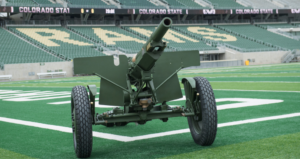
“Comatose,” the nickname of 1918 French 75mm field cannon fired at CSU football games, is managed by Army ROTC cadets. The cannon crew is responsible for maintaining and firing the cannon before kickoff, after touchdowns and field goals, and at the end of every game, which has been a tradition since 1920.
Following World War I, an artillery unit was established on campus, and an 1897 French cannon began being fired at football games. That cannon was recalled by the military at the start of World War II and a loaner cannon was used in its place. In 1952, the 5th Army donated the cannon we have today. Comatose is on display inside the Iris & Michael Smith Alumni Center during the football team’s off-season (currently closed to the public due to University pandemic policies).
“Best for Vets” University Rankings
In 2020, CSU was ranked by the Military Times as the second best 4-year university in the country for veterans to attend. The article about the rankings states: “Colorado State University was able to report data for every single academic outcome measure we asked for … and the numbers show student veterans doing well in school, with the school boasting a 93 percent course completion rate.”
Our ranking as one of the nation’s premier veteran-friendly universities reflects the resources CSU dedicates to our veteran students, including Adult Learner and Veteran Services, Admissions, Office of the Registrar, along with outreach and support programs such as New Start and REST.
Veterans Day Facts
What’s the significance of Nov. 11? 11 is considered the end of World War I (“the war to end all wars”) when the Allies signed a ceasefire agreement (armistice) with Germany at Rethondes, France in 1918 at 11:00 a.m. on the eleventh day of the eleventh month.
What is Armistice Day? Originally, Veterans Day was named Armistice Day to commemorate the end of World War I. But in 1954, following World War II and the Korean War, veteran service organizations urged Congress to change the name to Veterans Day.
An apostrophe or not? Veterans Day is a day for honoring all veterans (not one person or a group).
How is Memorial Day different? Veterans Day honors living veterans who served the United States in war and peace. Memorial Day is a time to remember those who gave their lives for this country.
Source: US Dept of Defense – https://www.defense.gov/Explore/Features/story/Article/1675470/5-facts-to-know-about-veterans-day/




